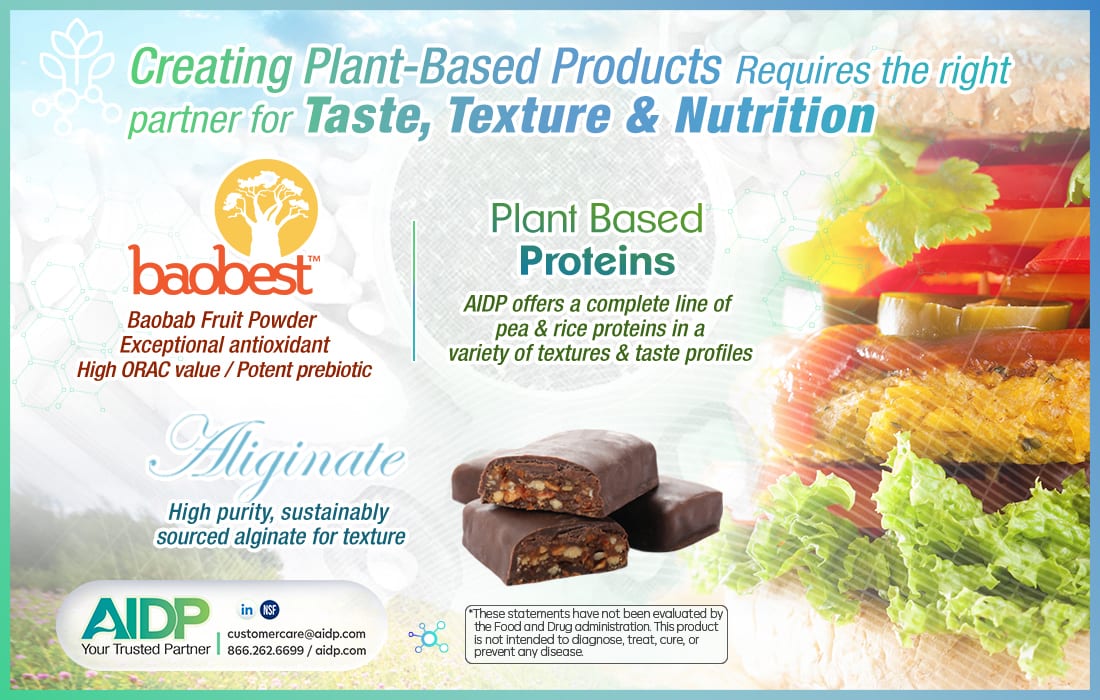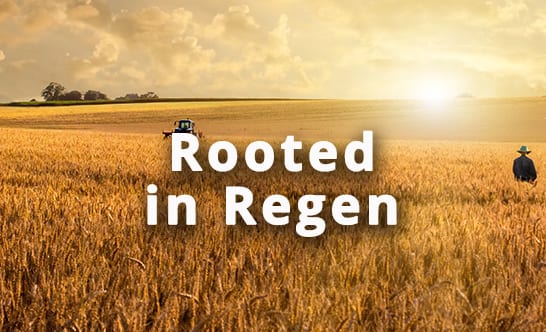Dietary Fiber - Part 2
Trends
Fiber discussion extends to prebiotics, broader better-for-you applications.
Gut Check Time!
Defining Fiber Ingredients
Health organizations around the world recommend fiber to improve health and reduce disease risk. They emphasize that fiber-rich diets are satiating, promote transit through the intestines, and reduce risk of heart disease, diabetes and several types of cancer.
Fiber also is the top nutrient and ingredient associated with gut health. Not long ago, fiber referred just to classic sources such as whole grains, bran, legumes, vegetables, and fruits. The type of fiber in these food sources used to be called insoluble fiber.
BY LU ANN WILLIAMS
Photo courtesy of: Getty Images / pixdeluxe
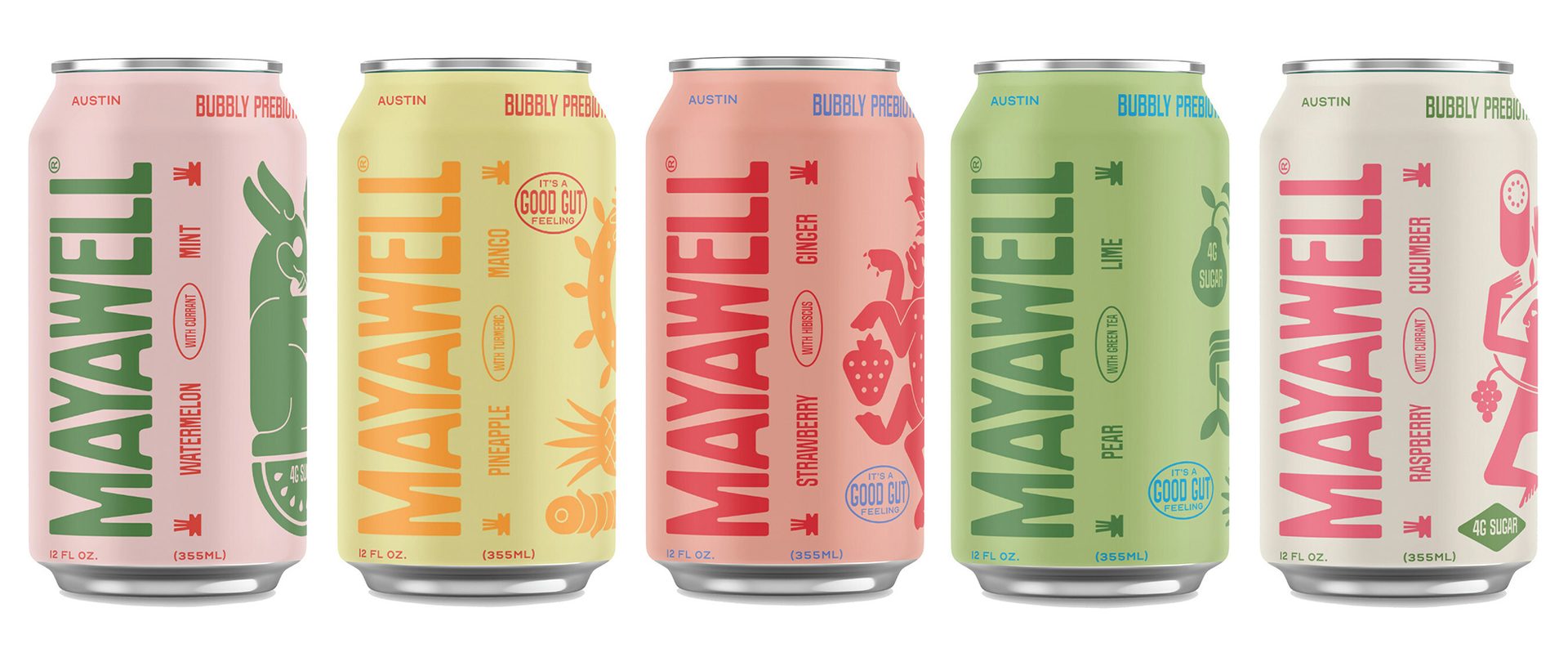
Name it! Claim it! Mayawell highlights its prebiotic beverages as healthier soda alternatives. The company says its pairs agave inulin pair “with flavorful botanical ingredients to boost gut health.” Credit: Mayawell Beverages Inc.
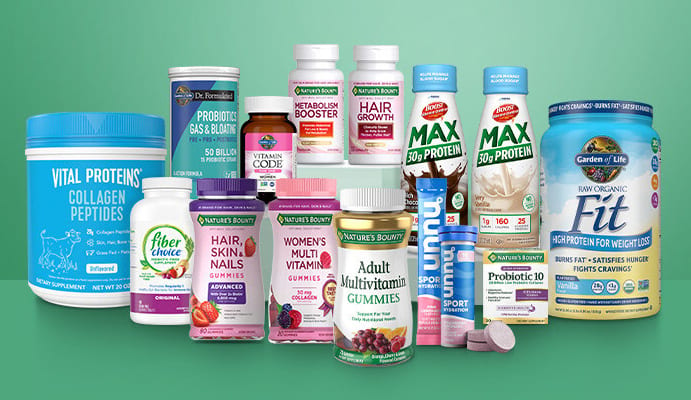
The Weight is Over: Nestlé launched a dedicated web platform, www.glp-1nutrition.com to provide comprehensive nutritional support for individuals on a weight management journey, including those using GLP-1 medications. Nestlé Health Science brands such as Garden of Life and Nature's Bounty provide dietary fiber supplements, probiotics, and prebiotics to support digestive health and mitigate issues such as occasional bowel discomfort. Credit: Nestlé Health Science
Food-based fibers are carbohydrates that make up the cellulose in the cell walls of plant foods. They cannot be digested in the small intestine and have several key functions in the body, including laxation, support of health blood lipid levels, improved regulation of blood glucose, improved mineral absorption, immune support, and modulation of satiety.
Today’s fiber ingredients are more likely to be prebiotics, which are soluble fibers. According to the International Scientific Association for Probiotics and Prebiotics (ISAPP), a prebiotic is “a substrate that is selectively utilized by host microorganisms conferring a health benefit.” ISAPP calls attention to two key aspects of prebiotics – their physiologically beneficial effect and their mechanism of action mediated by the microbiome. Prebiotics include chicory root, fructans, inulin, oligosaccharides, resistant starches, and other isolated fiber ingredients that cannot be digested in the small intestine and instead are metabolized by gut microbiota.
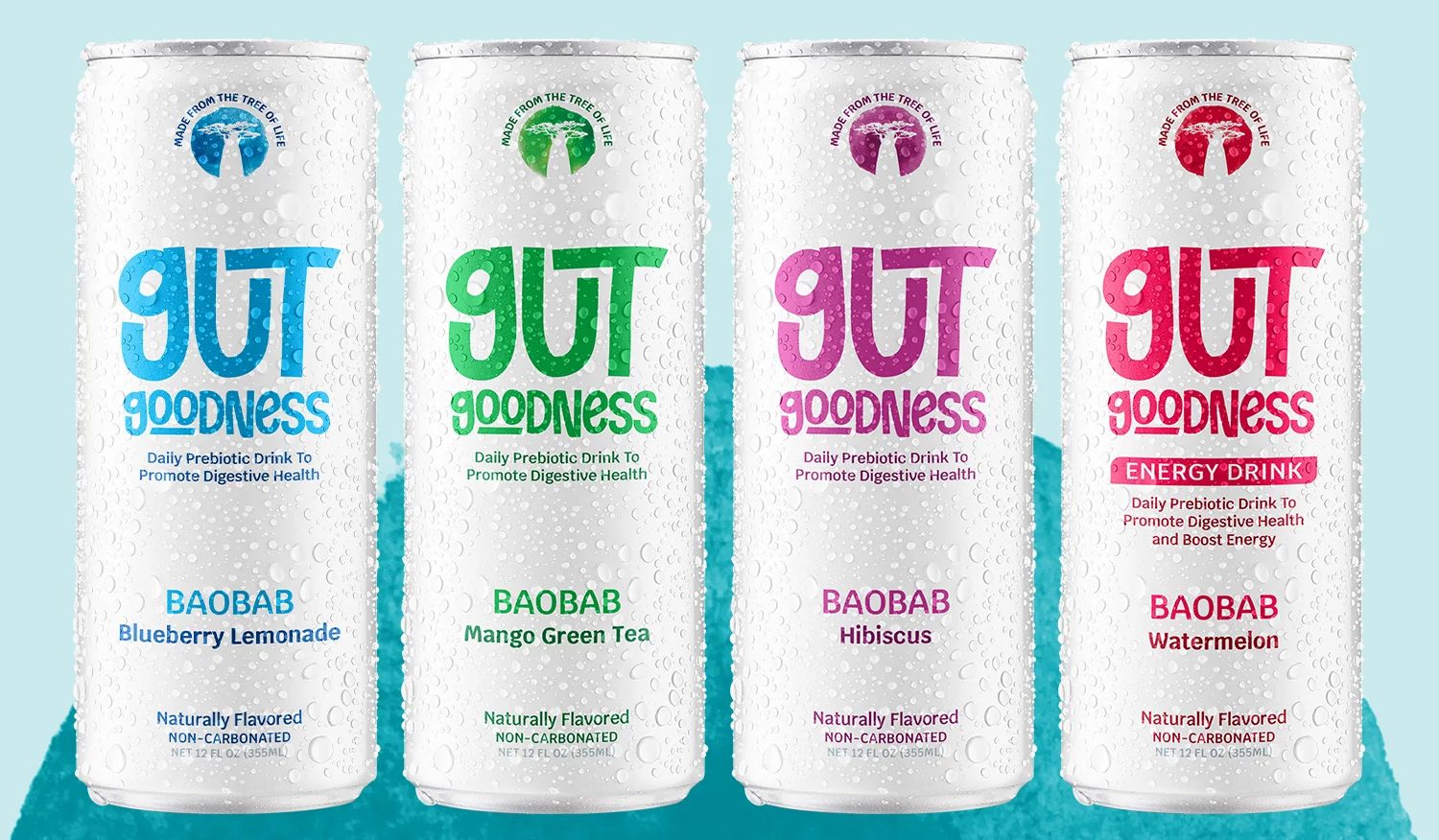
Name Says it All. New better-for-you beverage line features baobab for prebiotic benefits. Credit: Gut Goodness
Functions of these non-cellulose carbohydrates overlap with several benefits of food-based fibers, including improved mineral absorption, immune system support, enhanced satiety, better bowel habits, relief from constipation and diarrhea, improved metabolic health through better insulin response and healthy blood lipid levels, and reduced risk of allergy.
Consumers Show Interest
Innova’s global surveys of consumer trends show support for fiber ingredients. Globally, more than half of consumers surveyed are interested in fiber as a functional food and beverage ingredient. Additionally, approximately one-third of consumers increased their fiber consumption in the past 12 months.
US consumers recently surveyed by Innova are more familiar with, interested in, and accepting of the term “fiber” than the term “prebiotics.” Approximately two in five consumers in the US report being highly interested in fiber ingredients. Innova surveys note that consumer interest in fiber increases with age, while younger generations are more interested than older generations in prebiotic ingredients. Manufacturers have the opportunity to expand understanding of prebiotics across all age group through packaging claims and storytelling.
Growth in Fiber and Prebiotics
Innova Market Insights data on new food and beverage launches around the world show that products with fiber or prebiotic claims and ingredients are growing modestly, supported mainly by growth in prebiotic claims and ingredients. In contrast, fiber claims are well established, and growth is stable.
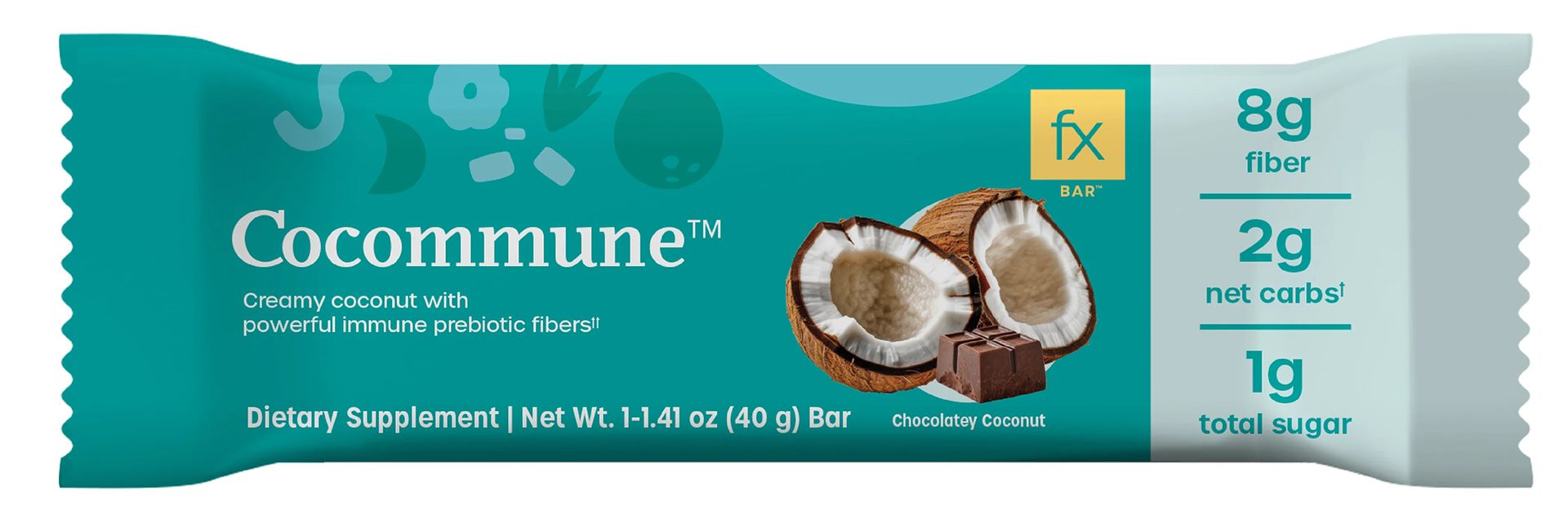
Science Meets Sweet: Immune health supplement as a confection. Credit: Fx Chocolate
Products with fiber and prebiotic claims often carry other types of claims too. Vegan and plant-based claims are increasingly common and demonstrate the association between fiber, prebiotics, and plant-centric product features, including in meat substitutes and dairy alternatives. Protein and gluten-free claims also are common. Sugar reduction claims frequently appear on prebiotics-supplemented, fiber-rich products such as soft drinks.
Claims regarding both fiber and prebiotics have the strongest presence in soft drinks, along with the grain-centric cereals and bakery categories. Soft drinks and meat substitutes are driving growth in claims, along with two confectionery subgroups: gummies and chocolate blocks. As demand for healthier snacking options grows, watch for fiber added to snack foods such as yogurts, confectionery, and cereal bars.
Additional benefits of prebiotic fibers include mild sweetness and humectant properties. Soluble fibers can partially replace sugar while adding fiber, so we expect to see more product launches with both high fiber and reduced sugar claims in sweet categories such as confectionery, desserts and ice cream, and bars. Digestive health claims also are likely to expand.
New product launches monitored by Innova show that tapioca fiber and agave inulin are among the fastest growing fiber ingredients. This demonstrates how soluble fiber and prebiotic ingredient sources are expanding beyond chicory root to other plants that contain inulin. In some product categories such as plant-based meat substitutes, combining fiber ingredients with starches and plant-based proteins can provide expanded functionality and stability.
What’s Next?
We expect consumers to turn to fiber as a hero ingredient for future-proofing their health. They are likely to become more familiar with prebiotics, as well as the amount of prebiotics needed for an effective dose. (Many of today’s products with added prebiotics contain only small amounts.)
Also watch for higher fiber functional beverages that offer multiple health benefits in addition to fiber. PF
Lu Ann Williams is Global Insights Director at Innova Market Insights, provider of market research services including the Innova Database. With more than 25 years’ experience in the food industry, Lu Ann is a trend expert and frequent public speaker at events worldwide. She leads a team of analysts and works with global clients. Contact her at luann.williams@innovami.com


